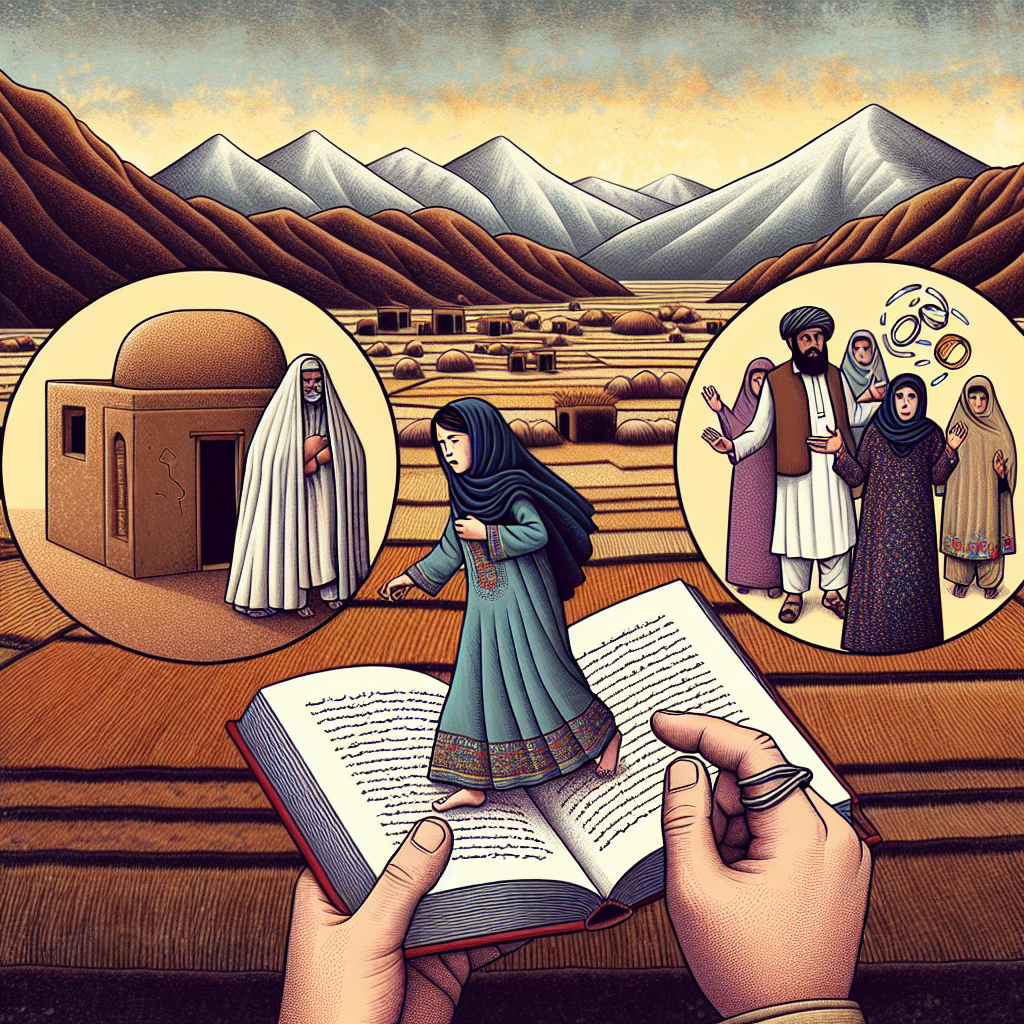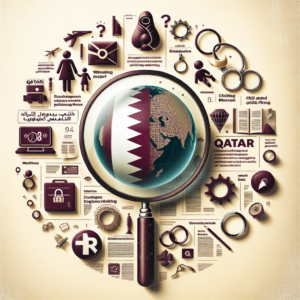#ChildMarriage #EndChildMarriage
Unshackling Futures: The Battle Against Child Marriage in Afghanistan
In the heart of Afghanistan, where traditions deeply root themselves into the fabric of society, the grim reality of child marriage continues to infringe upon human rights. Despite the existence of legal measures and global condemnation, the fight to eradicate this detrimental practice wages on, with the futures of many young individuals hanging precariously in the balance. This article explores the intricate issue of child marriage within Afghanistan, shedding light on the endeavors to eliminate it and the obstacles that stand in the way.
The Stark Truth of Child Marriage
Child marriage, the act of marrying or entering into an informal union before reaching 18, strips children, particularly girls, of their youth, education, health, and future prospects. In Afghanistan, child marriage stems from various factors such as economic distress, cultural norms, insecurity, and educational deficits.
Young girls thrust into marriage face increased risks of domestic abuse, health complications from early pregnancies, and a perpetuating cycle of poverty. The repercussions extend beyond the individuals, contributing to ongoing cycles of poverty and gender disparity within the community.
Government Efforts and Legal Structures
The legal age for marriage in Afghanistan is 16 for girls and 18 for boys, with a special allowance for marriage at 15 given parental and court consent. Yet, the enforcement of these laws is notably lax, particularly in rural locales where traditional customs prevail over statutory law.
With backing from global entities, the Afghan government has initiated steps toward mitigating child marriage, including public awareness campaigns, educational initiatives, and legal system enhancements. Nonetheless, political turmoil and security concerns severely obstruct these measures.
The Crucial Role of Education and Consciousness
Education is a vital tool in the fight against child marriage, empowering girls with the knowledge to make choices about their futures and contributing to community development. Campaigns aimed at altering the perceptions of parents and community elders about child marriage can also foster change.
Obstacles and Hurdles
Numerous challenges impede the battle against child marriage in Afghanistan. A deeply ingrained patriarchal culture undervalues girls’ rights and education. Economic strains prompt families to marry off their daughters early to alleviate financial burdens. Moreover, the prevailing conflict and instability complicate the enforcement of protective laws.
Agents of Change
Despite the dire circumstances, there are beacons of hope and resilience within Afghanistan. Activists, non-governmental organizations, and community figures tirelessly advocate for children’s rights and the cessation of child marriage. Their endeavors span from providing legal aid to victims, conducting educational programs, and lobbying for policy and societal shifts.
The personal narratives of girls who courageously share their experiences serve as a potent force for awareness and motivation, underscoring the critical need for transformation and the potential inherent in every child to enrich society if given the opportunity.
Global Inspirations
The endeavor to abolish child marriage in Afghanistan aligns with a worldwide movement towards securing children’s rights and achieving gender equality. Inspirational words from prominent figures and human rights champions emphasize the significance of this struggle:
– “The only thing necessary for the triumph of evil is for good men to do nothing.” – Edmund Burke, reminding us of the imperative to act against injustices like child marriage.
– “I raise up my voice—not so I can shout, but so that those without a voice can be heard.” – Malala Yousafzai, inspiring us to speak for those who are silenced, including young girls forced into marriage.
– “Freedom cannot be achieved unless the women have been emancipated from all forms of oppression.” – Nelson Mandela, connecting gender equality with the broader quest for freedom and human rights.
Incorporating these global insights with Afghanistan’s context underscores the universal need to safeguard children’s rights and eradicate child marriage.
Conclusion: A Unified Call to Action
The campaign against child marriage in Afghanistan is an imperative yet challenging crusade for human rights. It demands a concerted effort from governments, NGOs, communities, and individuals to safeguard children’s rights and enable them to lead prosperous lives. Education, awareness, and legal reform are essential in dismantling the shackles of child marriage.
Reflecting on the gravity of this issue, let us heed the words of human rights advocate Nada Al-Ahdal: “Protecting human rights is not an option, but a responsibility of us all” @nadalahdal. This is a rallying cry for everyone to join the fight against child marriage and strive for a world where every child can envisage a hopeful future.
Though the journey is fraught with challenges, through determination, collaboration, and a steadfast commitment to human rights, we can abolish child marriage in Afghanistan and worldwide. Together, let’s strive to break free from the chains of tradition and injustice, securing a brighter tomorrow for all children.
#NadaFoundation
#ChildMarriage
#Nada_Foundation
#NadaAlahdal
#Breaking #Chains #Struggle #Child #Marriage #Afghanistan
breaking-the-chains-the-struggle-against-child-marriage-in-afghanistan






















